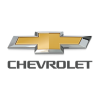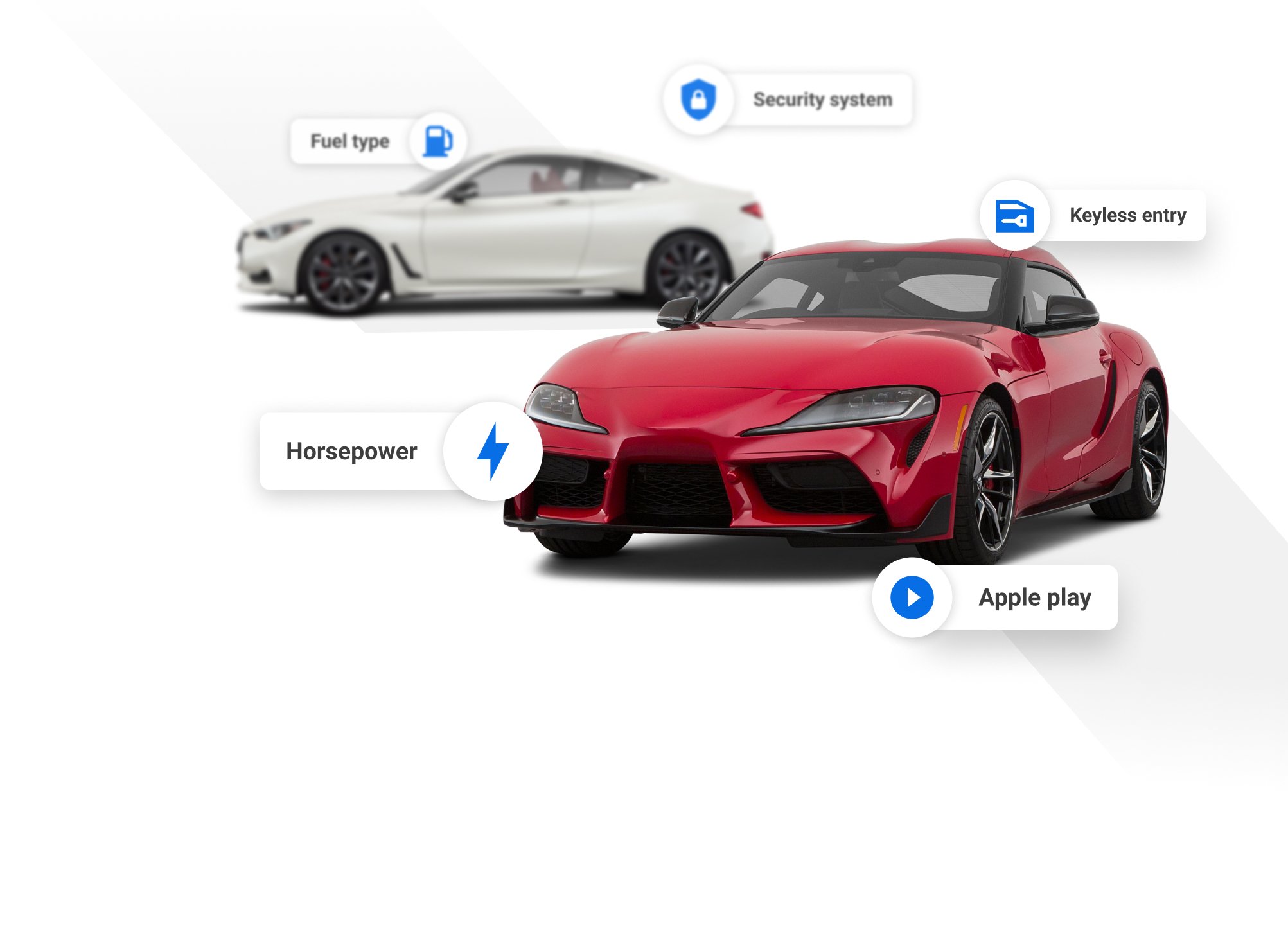
2021 Chevrolet Camaro


Key Specifications for 2021 Chevrolet Camaro






Buyer’s Guide
Overview
It’s hard to believe, but the current Chevrolet Camaro is only the sixth generation of this well-known sports car. Chevy introduced the Camaro on sale today in 2016 as an evolution of the fifth-gen model that arrived in 2010.
What’s New/Key Changes From Last Year
Changes for 2021 are minor, following a couple years’ worth of cosmetic updates. The most notable addition is wireless smartphone integration for both the Apple CarPlay and Android Auto platforms.
Available Trims
Chevrolet Camaro trim levels are LS, LT, LT1, SS, and ZL1. All but LS are offered in coupe and convertible body styles.
There are four engines on offer: A 2.0L turbo four-cylinder powers the LS and LT grades, and LT can be optioned with a 3.6L V6. LT1 and SS get a 6.2L V8, and ZL1 uses a supercharged 6.2L.
All Camaro engines start with a six-speed manual transmission. Cars with the 2.0L engine can option to an eight-speed automatic transmission, while V6 and V8 models offer a 10-speed as the automatic upgrade.
Standard Features
LS exterior and mechanical features include an electric parking brake, limited slip differential, sport suspension, 18-inch wheels/tires, power-adjustable side mirrors and LED daytime running lights.
Inside, there are power eight-way driver and four-way front passenger seats, a six-speaker stereo, a 7.0-inch infotainment display, compass display, leather-trimmed steering wheel and shifter, power door locks and windows, push-button engine start and single-zone automatic A/C.
LS trim’s advanced safety kit is limited to tire pressure monitoring.
LT adds a six-way power front passenger seat, satellite radio, and trim-specific wheels.
From there, you can move to a 2LT package that brings dual-zone automatic climate control and heated and ventilated front seats.
Then there’s a 3LT trim with heated/auto-dimming side mirrors, a convenience and lighting package, driver’s seat memory settings, an 8.0-inch driver info display, aluminum interior trim, a Bose sound system, an 8.0-inch infotainment screen, lighted sun visors, a heated steering wheel, wireless smartphone charging, and lighted sill plates. 3LT also adds some driver safety assists: forward collision alert, blind spot monitoring with lane change alert, rear cross traffic alert, a camera-based rearview mirror, and rear park assist.
The LT1 package gets the V8 engine with oil cooler, Brembo brakes, performance suspension and 20-inch wheels. However, its equipment level is closer to that of the LT model.
1SS models add a higher-capacity engine cooling system, differential and transmission coolers, dark-tint taillights, and 8.0-inch driver info and infotainment displays.
A 2SS package brings back auto-dimming side mirrors, memory seat settings, Bose stereo, dual-zone A/C, heated seats and steering wheel, lighted sill plates, forward collision alert, blind spot and lane change alerts, rear camera mirror, rear park assist, wireless smartphone charging, and rear cross traffic alert. It also adds a head-up display.
ZL1 brings the supercharged V8, dual-mode exhaust, an electronic limited slip differential, launch control, a performance-tuned magnetic ride suspension, upgraded Brembo brakes, trim-specific 20-inch wheels, Recaro seats, and microfiber steering wheel and shifter trim.
Key Options
Among the most notable options is an LT 1LE track package that upgrades the Camaro to a performance suspension, Brembo brakes, heavy-duty cooling, and 20-inch wheels and tires.
Otherwise, options on lower-end trims add interior niceties that come standard in pricier versions; there are various cosmetic packages, too.
Fuel Economy
Chevrolet’s fuel consumption estimates for Camaro models with the 2.0L turbo are 10.9/7.8 L/100 km (city/highway) with the eight-speed automatic and 12.6/8.0 with the six-speed manual.
V6 cars are rated 12.8/8.1 L/100 km (city/highway) with the 10-speed auto, and 14.4/9.0 with the stickshift.
SS trim’s 6.2L V8 is estimated at 14.6/8.9 in 10-speed auto configuration, and 14.9/9.9 with the six-speed.
Finally, ZL1 trim and its supercharged V8 is rated 18.3/11.2 L/100 km (city/highway) with the 10-speed, and 17.2/12.0 with the six-speed manual.
Competition
Primary Camaro competition comes from the Ford Mustang, which can be optioned for similar speed both in a straight line and racetrack settings. The Dodge Challenger is worthy of cross-shopping too, but is intended more for the drag strip instead of environments where sharp handling is a benefit.
Review & Compare:
Photos


































AutoTrader Review


This vehicle has not yet been reviewed

















